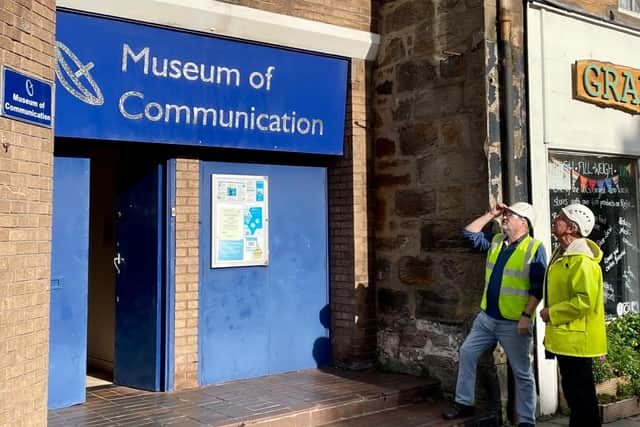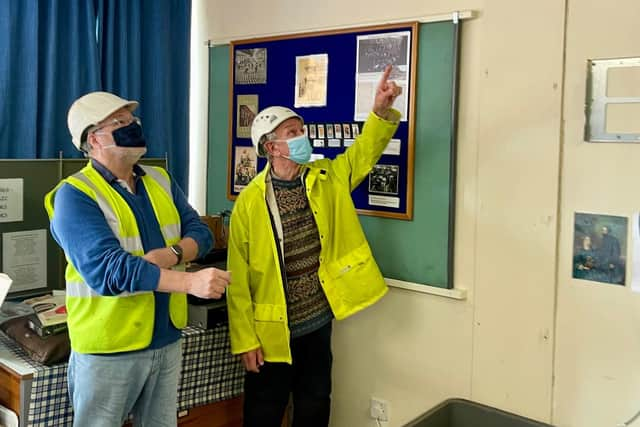Funding to help Burntisland museum recover from impact of pandemic
and live on Freeview channel 276
Bosses at the Museum announced at the weekend that the facility, based in the two-storey former Burntisland Ex-Service Social Club building in the High Street, has received an award of £15,000 from the Small Grants Fund of Museums Galleries Scotland.
MGS established it to help museums get back into operation whilst still dealing with Covid-related financial challenges.
Advertisement
Hide AdAdvertisement
Hide AdThe museum is currently closed due to issues with its roof, but it is hoped the facility will be able to re-open next year.


Prof. Tom Stevenson, chairman of the Museum of Communication, said they already have plans for how they will spend the money.
He said: “This very welcome grant from MGS will enable us to replace a defective roof, from which leaks have sprung into our lecture room.
"As well as hosting our famous Goudie Lectures, this room acts as a café and gallery when the museum is open.
Advertisement
Hide AdAdvertisement
Hide Ad

"We have had to move its contents into our main exhibition hall, which has prevented us from re-opening.”He added: “Without the MGS award, we may only have been able to afford a temporary patch-up. Our entirely volunteer-run Museum should now be able to reopen in 2022 with an important exhibition celebrating the
centenary of public service broadcasting in the UK.”
Gillian Simison, MGS senior grants manager said: “We are delighted to support The Museum of Communication through the Small Grants Fund.
"The grant to replace part of the roof will allow it to make full use of its lecture space and cafe area, which has previously been closed due to water ingress.
"We are pleased that this grant will also help the museum be more environmentally sustainable, reducing heating and other costs.
Advertisement
Hide AdAdvertisement
Hide Ad“All of these works will help the museum continue to be a safe environment for your community to use and enjoy."
The museum is managed by a foundation trust, which was established in 1992, and it is run by volunteers.
It originated in a collection which was founded in the 1970s by Harry Matthews, who was a technician in the Department of Electrical Engineering at the University of Edinburgh.
